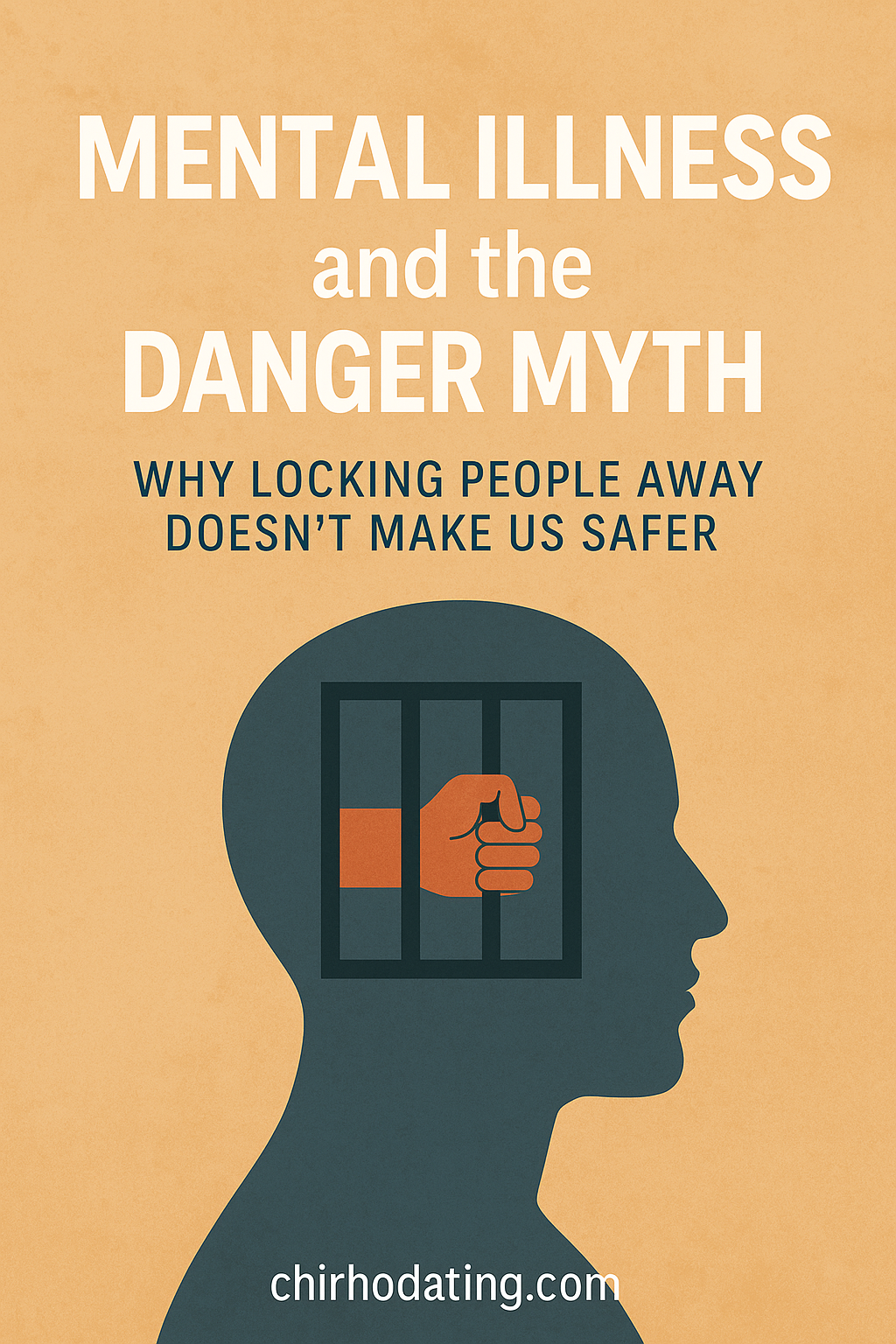We are a professional review company that receives compensation from companies whose products we review. We test each product thoroughly and give high marks only to the ones that are the very best. We are independently owned, and the opinions expressed here are our own.
In the realm of communication, authenticity is the cornerstone of meaningful connections.
It’s not just about our words but also the unspoken language we convey. One powerful technique that can foster genuine relationships is “Authentic Mirroring.” This article will explore authentic mirroring, why it matters, and how to use it effectively in various contexts to build stronger connections.
Understanding Authentic Mirroring
What Is Authentic Mirroring?
Authentic mirroring is a subtle and empathetic communication technique where you reflect the emotions, body language, and communication style of the person you’re interacting with.
Here is an article about how your body language will help you mirror your date.
It’s not about mimicry or imitation; instead, it’s a way to show that you’re fully present and attuned to the other person’s feelings and expressions.
The Difference Between Authentic and Inauthentic Mirroring
Authentic mirroring stands in stark contrast to inauthentic or manipulative mirroring, where someone may mimic others for personal gain or to deceive.
Authentic mirroring is rooted in sincerity and empathy, fostering trust and genuine connections.
Why Authenticity Matters
Authenticity is the foundation of trust and rapport.
When you authentically mirror someone, you say, “I see you, I understand you, and I’m with you in this moment.” This acknowledgment can create a profound connection and validation in the person you interact with.

The Science Behind Authentic Mirroring
The Mirror Neuron System
The science behind authentic mirroring lies in mirror neurons, a specialized group of brain cells that activate both when we perform an action and when we observe someone else doing the same action. These neurons are believed to play a crucial role in understanding and empathizing with others.
Emotional Contagion
Authentic mirroring can trigger emotional contagion—a phenomenon where people unconsciously catch each other’s emotions. When you authentically mirror positive emotions, such as enthusiasm or happiness, you can create a more positive atmosphere in the interaction.

Building Empathy
Practicing authentic mirroring can enhance empathy, as it encourages you to step into another person’s emotional shoes. By mirroring their emotions, you become better at understanding their perspective and feelings.
Authentic Mirroring Techniques
Non-Verbal Mirroring
Non-verbal cues are a powerful way to practice authentic mirroring. Pay attention to the other person’s body language and gestures. If they lean in, you can subtly lean in as well.
You can incorporate similar gestures into your communication, i.e., if they use hand gestures, you should use them too.

Vocal Mirroring
Your tone, pitch, and speaking pace can be mirrored to create a deeper connection.
If your conversation partner speaks with enthusiasm, you can match their energy. You can adjust your speech accordingly if they have a calm and measured tone.
Conversational Mirroring
Mirroring the conversation style and preferences of others is crucial.
If your conversation partner enjoys discussing a particular topic or using specific phrases, try to align your conversation with their interests.
This shows that you’re actively listening and engaging with what they find important.

The Dos and Don’ts of Authentic Mirroring
Dos
- Be sincere and genuine in your mirroring.
- Pay attention to non-verbal cues, such as body language and facial expressions.
- Practice active listening to fully understand the other person’s emotions.
- Use mirroring to create a comfortable and supportive environment.
Don’ts
- Avoid overdoing it or appearing insincere.
- Don’t mimic or imitate in a way that feels forced or unnatural.
- Respect personal boundaries and avoid mirroring highly sensitive or private emotions.
Authentic Mirroring in Different Contexts
Personal Relationships
In personal relationships, authentic mirroring can deepen emotional connections. By reflecting your partner’s emotions and actively listening to their concerns, you can strengthen the bond between you.
If you’d like more insights, read my article How to Create a Connection on First and Second Dates.
Professional Settings
In the workplace, authentic mirroring can enhance teamwork and collaboration. By mirroring the communication style and preferences of colleagues and clients, you can build trust and establish stronger working relationships.
Networking and Social Interactions
In social situations, such as networking events or parties, authentic mirroring can help you make a positive impression. By mirroring the enthusiasm and interests of those you meet, you can create a sense of camaraderie and likeability.
The Ethical Considerations of Authentic Mirroring
While authentic mirroring is a powerful tool for connection, it’s essential to use it ethically and with respect for boundaries. Avoid manipulating or deceiving others through mirroring.
The goal is to create genuine relationships, not to gain an unfair advantage.

Final Thoughts About Authentic Mirroring
Authentic mirroring is an art that can transform your interactions and relationships. By embracing this technique with sincerity and empathy, you can create more profound, more meaningful connections with others.
Remember that authenticity is the key—when you authentically mirror someone, you’re not just reflecting on their actions but demonstrating your genuine desire to connect on a deeper level.
In a world craving authenticity, authentic mirroring can be a bridge to more natural and fulfilling connections.
To your success,





What do you think about the article you've just read? Please tell me below.